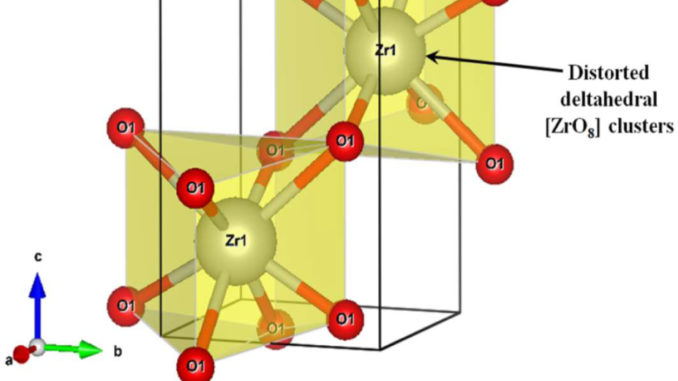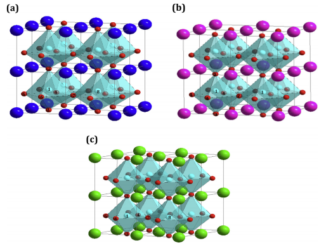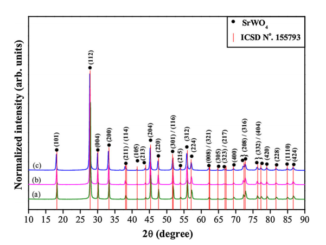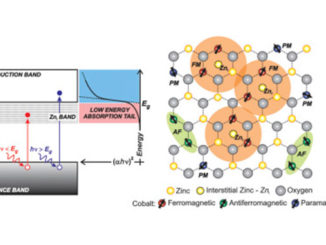
Effect of sintering parameters using the central composite design method, electronic structure and physical properties of yttria-partially stabilized ZrO2commercial ceramics
Abstract: In this work, the effect of sintering parameters on electronic structure and physical properties of yttria-partially stabilized ZrO2 (YPSZ) commercial ceramics has been studied using the central composite design (CCD) method. The CCD method allows using empirical modelling with better fitting, by considering the interaction between both factors. Different temperature ranges and sintering times for processing of YPSZ ceramics have been used in order to evaluate the grain growth, hardness and volumetric shrinkage by the CCD method. X-ray diffraction patterns and Rietveld refinement data indicate that non-sintered YPSZ ceramics exhibits two phases related to tetragonal and monoclinic structures, while the sintered YPSZ ceramics exhibits a single phase related to a tetragonal structure. Moreover, the monoclinic structure presents zirconium (Zr) atoms coordinated to seven oxygen (O) atoms, while in the tetragonal structure Zr atoms are coordinated to eight O atoms. Field emission scanning electron microscopy images were employed to monitor the sintering and growth process. In addition, the response surfaces obtained from calculations presented the effect of thermal and kinetic variables on the physical properties such as average grain size, volumetric shrinkage and hardness of YPSZ ceramics.
AUTHORS: A.M. Mendes, M.C.B. Costa, V.D. Araújo, F.V. Motta, C.A. Paskocimas, W. Acchar, E. Longo, M.R.D. Bomio, L.S. Cavalcante.
Materials Science-Poland
Volume 35, Issue 1, 2017, Pages 225–238.
DOI: https://doi.org/10.1515/msp-2017-0035
Link: https://www.degruyter.com/view/j/msp.2017.35.issue-1/msp-2017-0035/msp-2017-0035.xml




